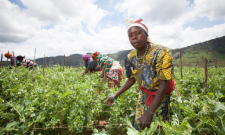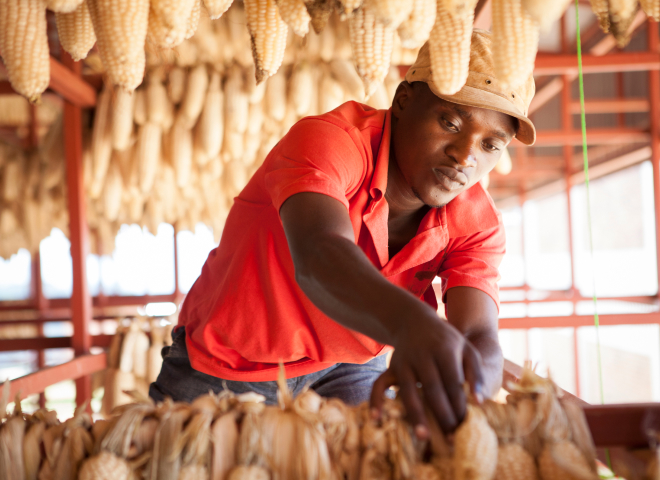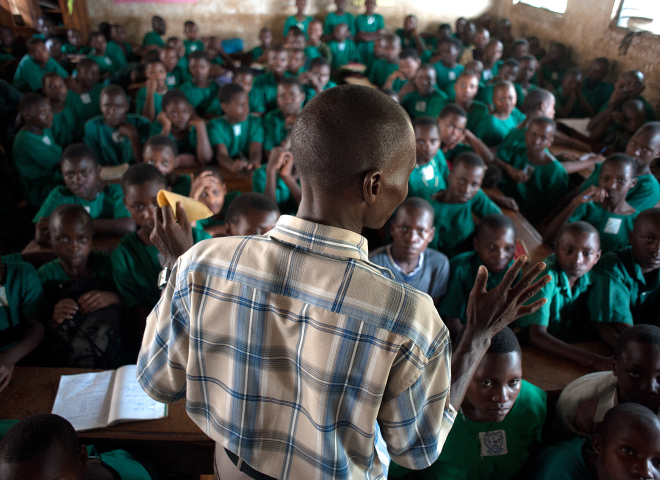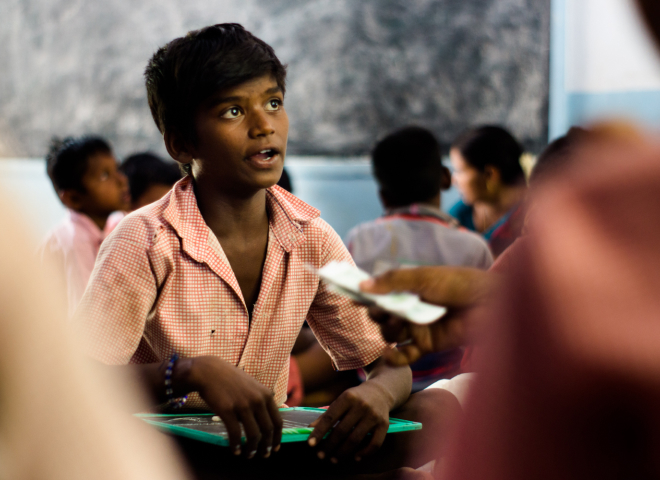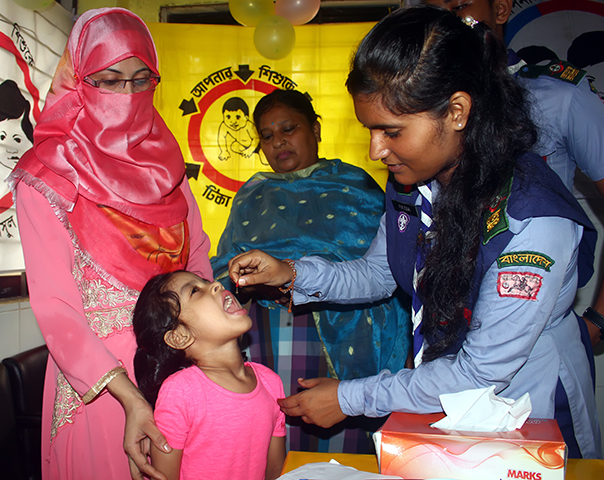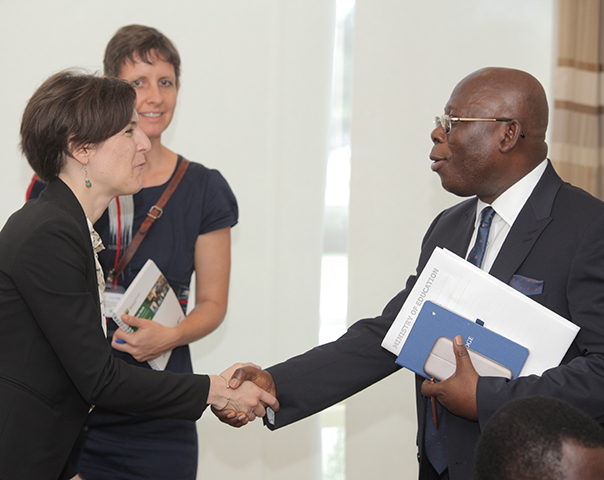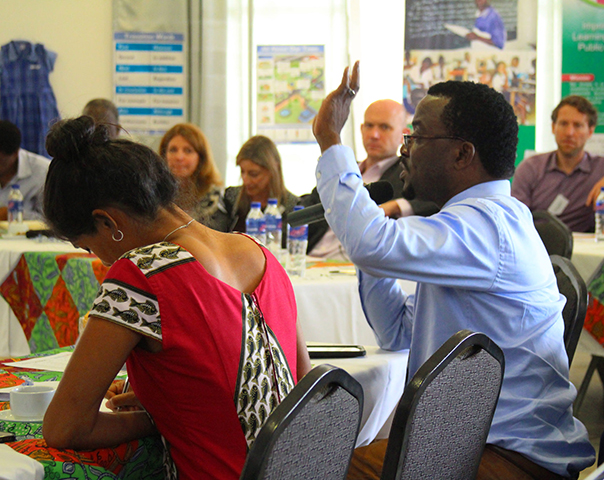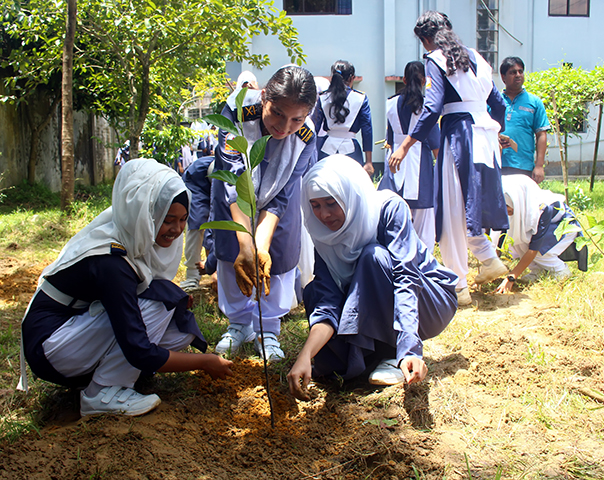Mali
Mali
IPA Francophone West Africa opened an office in Mali in 2009. IPA has conducted research in the areas of agriculture, education, governance, and health. Among our studies, we have evaluated the impact of free primary health care and health worker visits on children’s health, the effects of agricultural loans on farm productivity and profits, and the impact of the Speed School program that gave out-of-school children a second chance.
Contact Us
Physical Address: Quartier Baco-djicoroni Golf, Rue 804, Porte: 688, Bamako, Mali
Mailing Address: BP: 3068 Bamako, Mali
Phone: +223 20 28 15 87
Email: info-mali@poverty-action.org
Highlights
Discover more from IPA
View All Studies View All News View All Blogs View All Events View All Publications


